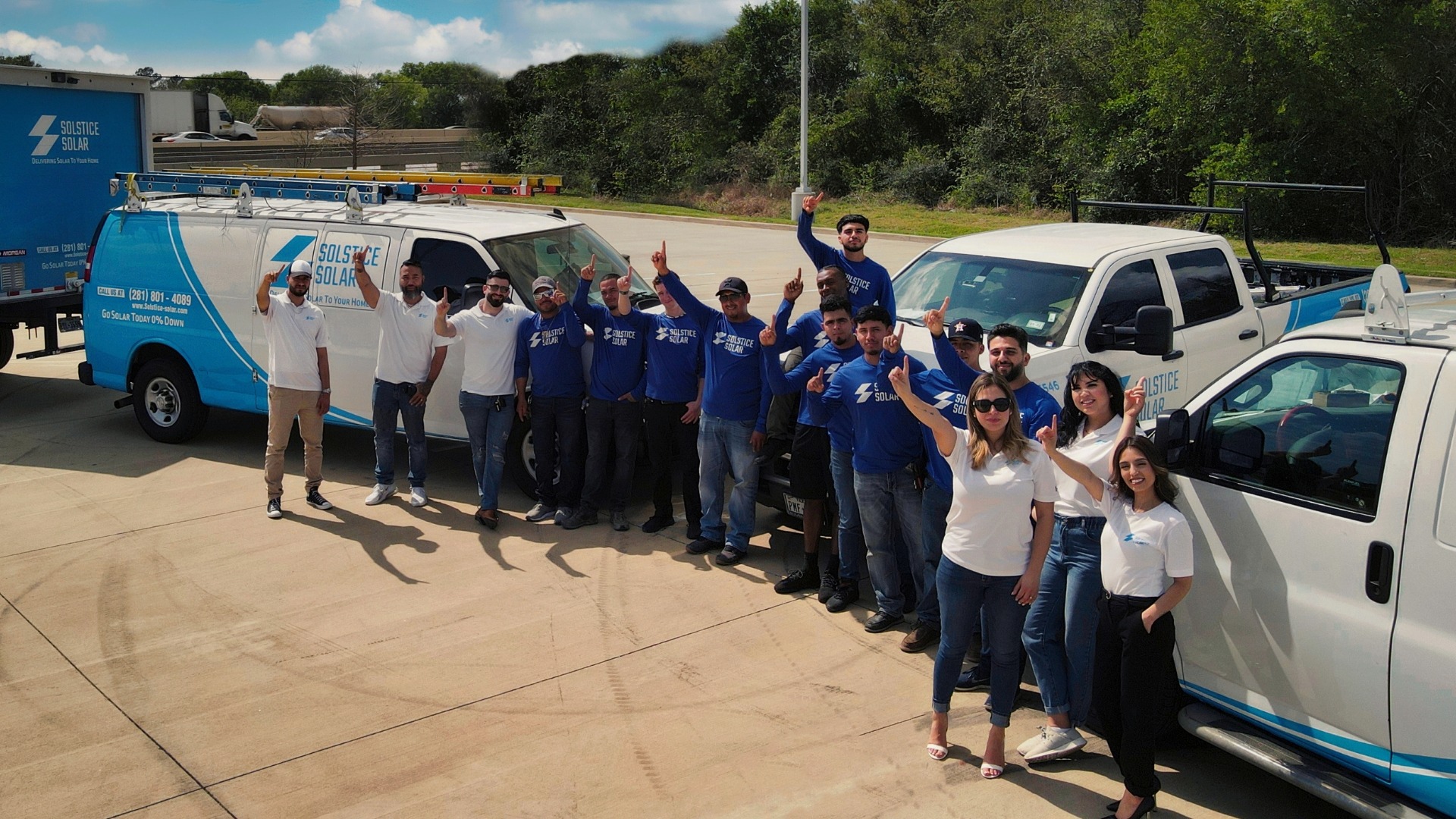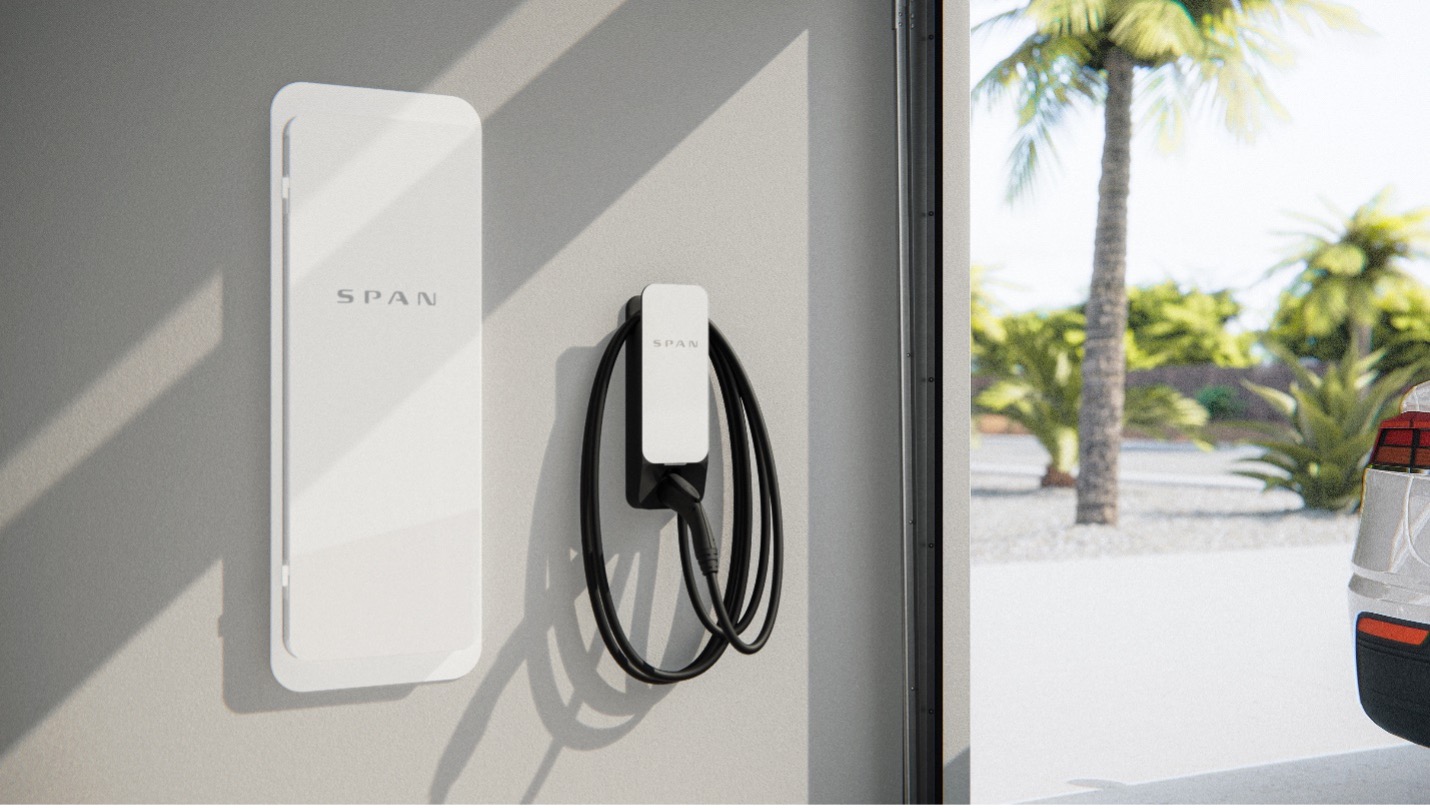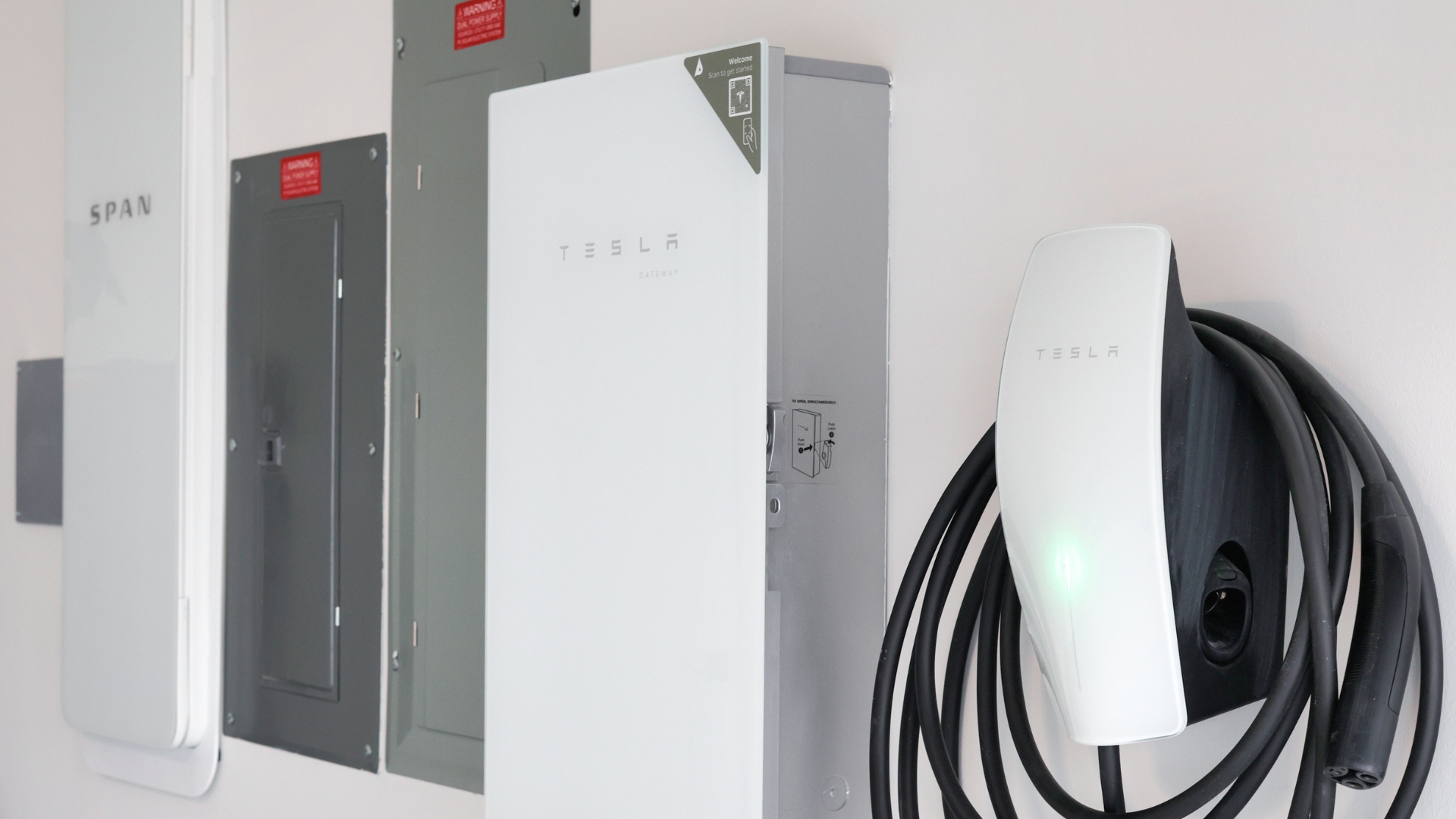5 Common Mistakes Homeowners Make When Buying Solar
Solar panels are a fantastic way to save money on electricity and help the environment. However, making the switch to solar power can feel overwhelming. This article will guide you through the process by outlining the five most common mistakes homeowners make when buying solar panels. By understanding these pitfalls, you can ensure a smooth transition and maximize the benefits of your solar energy system.
Mistake #1: Not Properly Understanding Your Energy Needs
One key pitfall is underestimating your energy needs. While this might seem like a way to save on upfront costs, it can lead to a system that doesn’t fully meet your requirements. This, in turn, forces you to rely more on the grid and diminishes your potential savings.
To avoid this mistake, here at Solstice Solar we conduct a thorough energy audit for every customer. Our qualified professionals will analyze your past energy bills and identify areas for improvement. This allows them to calculate the optimal solar system size customized to your specific needs, ensuring you get a system that generates enough power to cover your usage and maximize your cost savings.
Mistake #2: Focusing Solely on Price
While upfront cost is naturally a concern, prioritizing the cheapest quote can backfire. This approach can lead to low-quality equipment, inexperienced installers, and hidden fees that quickly erode any initial savings. Furthermore, a system sized solely for the lowest price point might not meet your actual energy needs, forcing you to rely more on the grid and diminishing potential savings.
To avoid this pitfall, we recommend that every homeowner get quotes from multiple reputable installers, focusing on factors like brand reputation, warranty coverage, customer service ratings, and the company’s experience. Don’t hesitate to ask questions and ensure you understand exactly what’s included in the proposal before making your final decision. This comprehensive approach ensures you get a high-quality solar system that delivers long-term value and maximizes your return on investment.
Mistake #3: Neglecting Your Roof
The health of your roof serves as the foundation for your solar system, any issues like nearing the end of its lifespan, leaks, or structural problems can lead to costly complications down the road. Removing panels for roof repairs can disrupt your solar energy production.
Therefore, to avoid these headaches, schedule a roof inspection by a qualified professional before getting solar panels installed. If repairs or replacements are necessary, factor those costs into your overall budget, as a sound roof will ensure your solar system operates optimally for years to come.
Mistake #4: Ignoring Financing Options
Homeowners often make the mistake of not fully exploring the financing options and savings opportunities available when switching to solar power. Across America, there are many ways to make solar more affordable. By combining the 30% federal tax credit with net metering programs, which let you sell excess solar energy back to the grid and reduce your electricity bills, you can save considerably. Additionally, explore financing options like solar loans, leases, and power purchase agreements (PPAs), and look into state and local rebates and incentives that can further lower your upfront costs.
For Texas homeowners, these benefits are enhanced by additional state-specific programs and incentives. Consult with your solar installer and a financial advisor to find the best financing solution for your specific situation.
Mistake #5: Skimming Over the Contract
A solar panel installation contract is a legally binding document, so it’s crucial not to rush through it or sign without fully understanding the terms. Therefore, read the contract carefully, paying close attention to details like warranties, system specifications, performance guarantees, maintenance responsibilities, and termination clauses. Additionally, make sure to ask your solar installer any clarifying questions before signing.
By avoiding these common pitfalls, you’ll be well on your way to a successful and rewarding solar experience. Ensure you research thoroughly, and by doing so, you can make a well-informed decision that maximizes savings and environmental benefits, leading to a brighter, sustainable future for your home.
Contact our team today for a free solar consultation!







